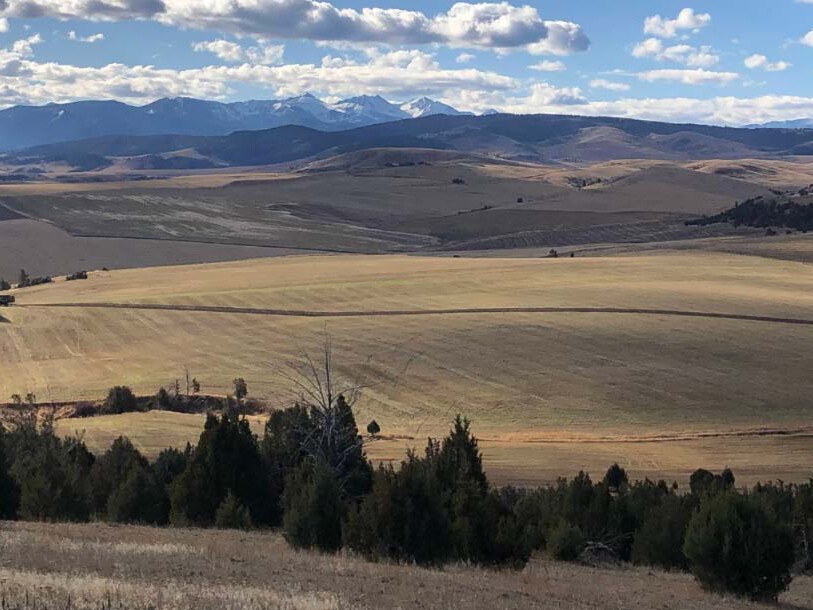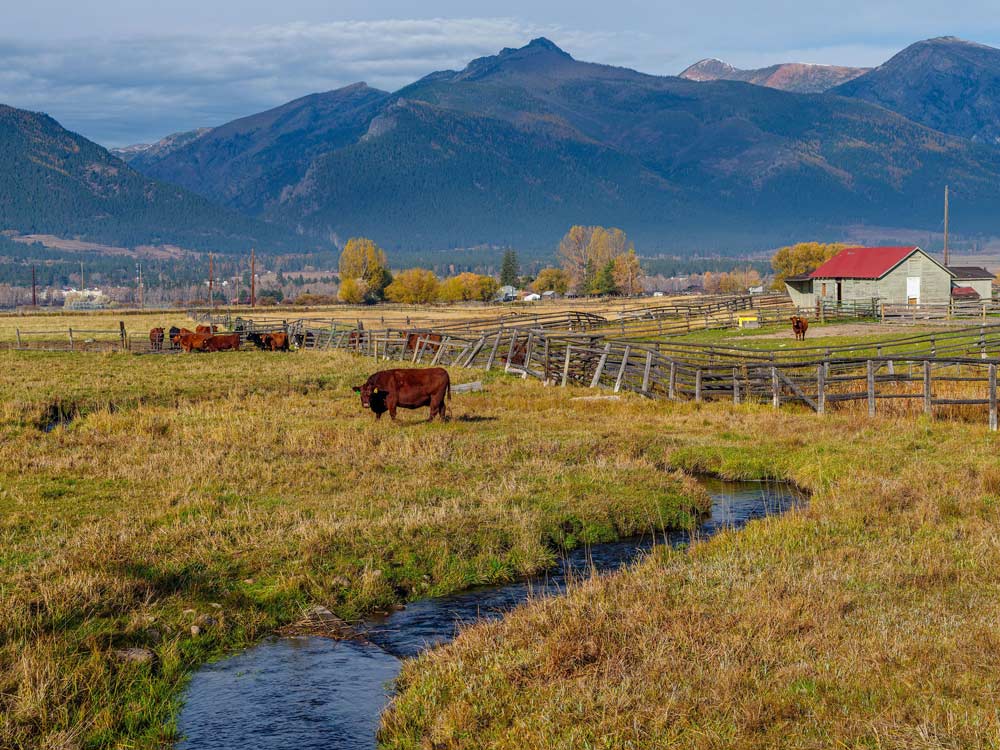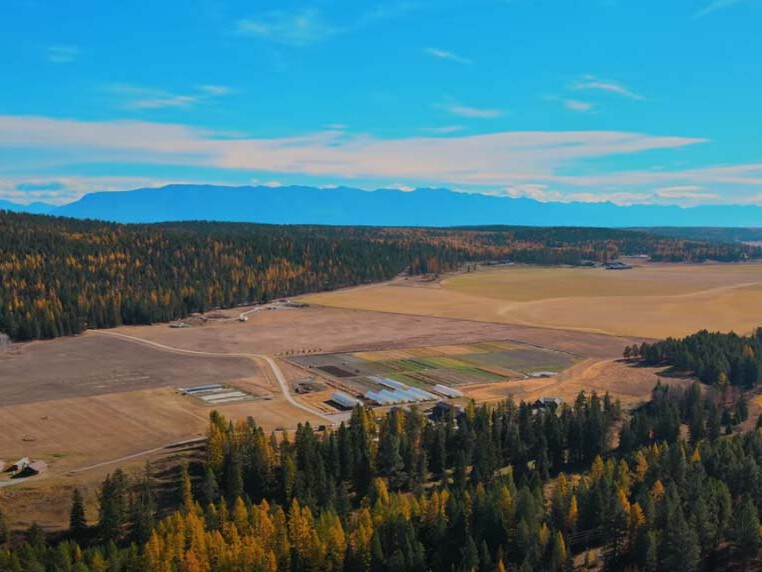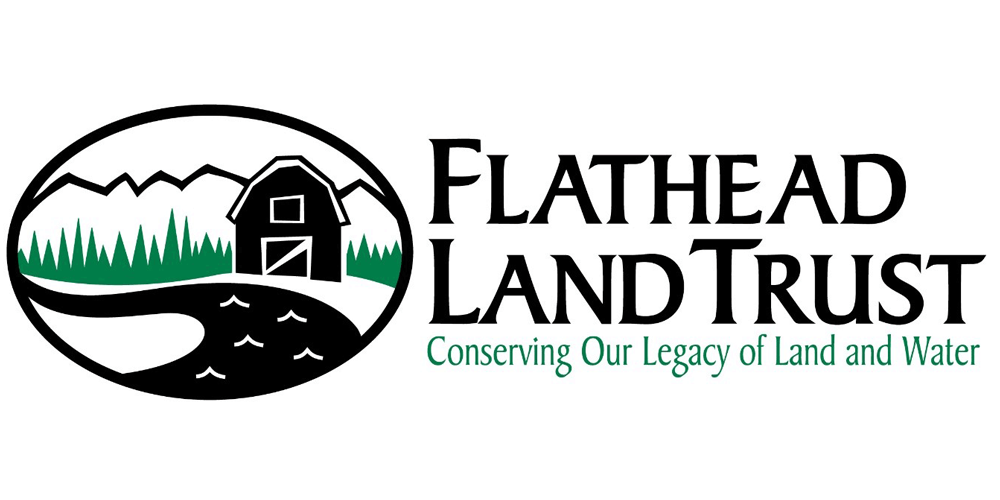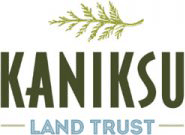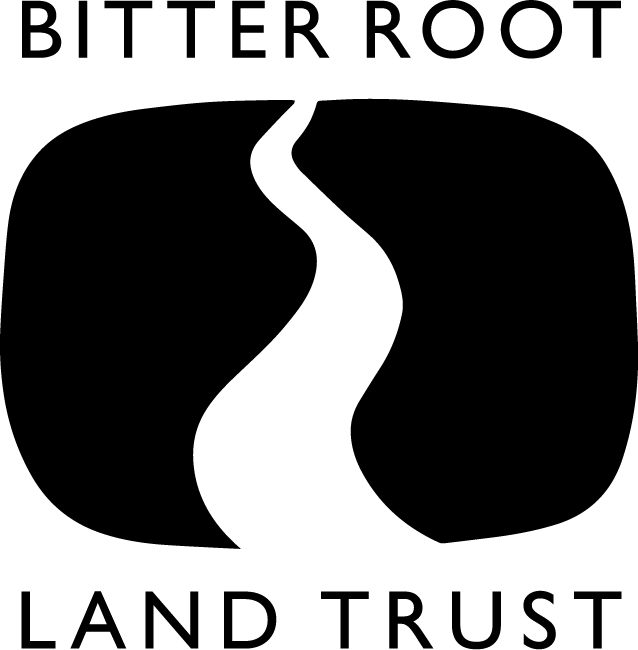“They Aren’t Making Any More Land”
It is no secret that Montana’s population is growing, housing developments are expanding, and the land we depend on to grow our food is shrinking. Each year open land acres – acres available for agricultural production – decrease. Virtually every day in Montana someone, somewhere, converts agricultural lands to other purposes.
Fortunately, willing landowners have the option to exercise their private property rights to pursue a conservation easement to protect the land they love.
Montana’s roughly 3 million acres of conserved farm and ranch ground provide conservation of agricultural land and wildlife habitat; protection of clean water in rivers, streams, and wetlands; opportunities for outdoor recreational access; and protection of our wide open spaces. That makes Montana the top conservation easement state in the nation, with more acres of conserved private land than all four neighboring states combined.
Understanding Perpetual Conservation Easements
Conservation easements have been around in Montana for over 40 years, but there is still some uncertainty about how they work, what they accomplish, and why they have been so successful in Montana. A conservation easement is the use of a private property right to create a voluntary, negotiated, typically permanent agreement between a landowner and a land trust (or public agency) that limits development and maintains open land. In essence, land trusts acquire, and then retire, development rights of the property.
Land under easement remains private property – the landowner retains ownership, and can continue to live on the land and use it for farming, ranching, forestry, recreation, education, or other activities that sustain its resources. The land can be sold or passed on to heirs. The conservation easement transfers with it, protecting the land into the future.
Simply put, a conservation easement helps the farm and ranch lands stay farm and ranch lands.
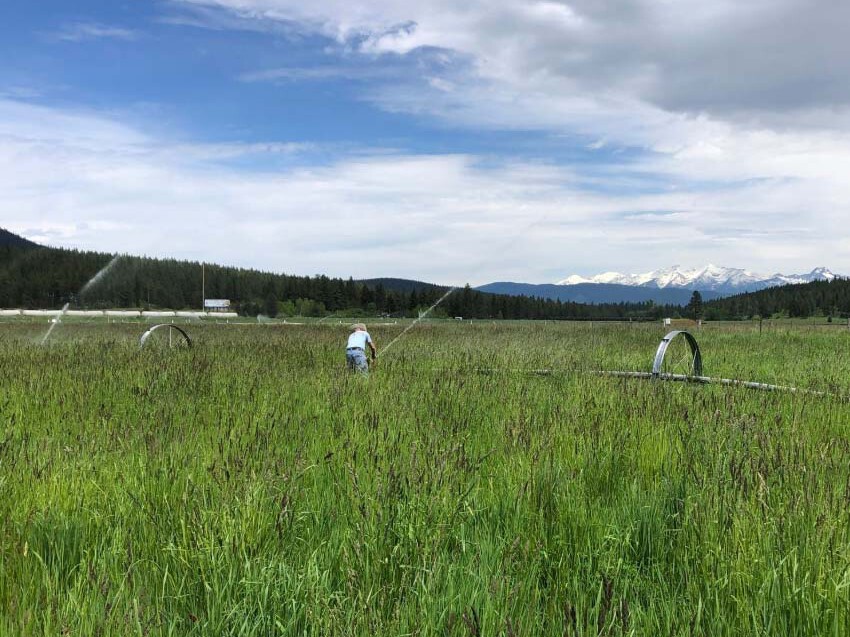
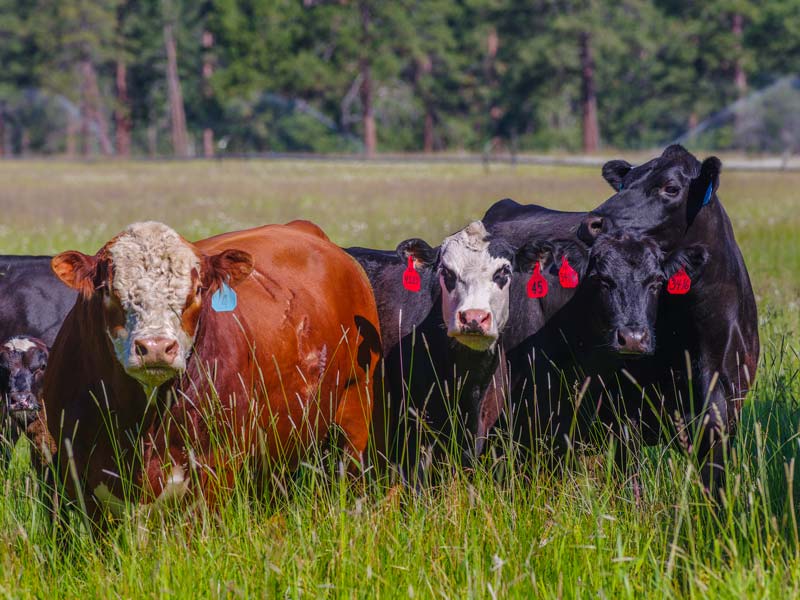
Is a conservation easement right for you?
Over 2,500 Montana farmers and ranchers have made the decision to place a conservation easement on their property, and there are many different reasons why they have taken that action. A commitment to agricultural conservation and stewardship, a commitment to family farm/ranch legacy and tradition, and potential federal income tax benefits or direct financial compensation are three of those major reasons.
A conservation easement may not be the right fit for every landowner. But thousands of Montana farmers and ranchers have made it – and are making it – work for them and their families. To learn more about conservation options for your property, please contact the MALT member land trust in your area.

